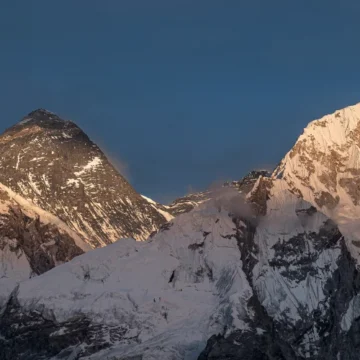
Number of Camps on Mt Everest | Explore South & North
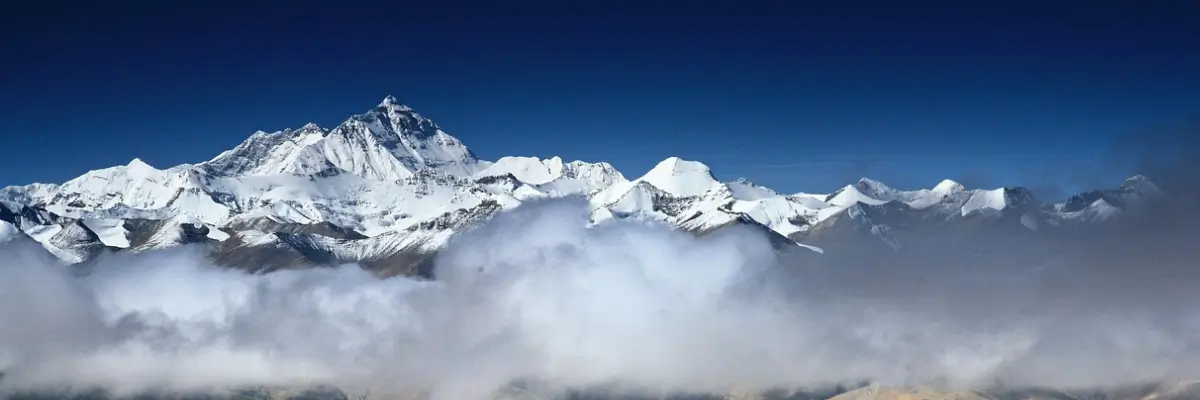
Table of Contents
Mount Everest stands tall as the highest point on the Earth’s surface, with a staggering height of 8,848.86 meters (29,030 feet), and is the pride of Nepal. Located in the Khumbu region of Solukhumbu district, Mount Everest is a dream destination for adventurers throughout the world. However, conquering the mountain is not everyone’s cup of tea. Venturing into the mystic terrains of Everest requires one’s determination, patience, experience, and a brave heart.
Reaching the summit of Everest is a dream and achievement for many. It can be claimed successfully with the proper guidance, training, trekking gear, and support from the Sherpas. Normally, the Mount Everest expedition takes approximately two months. The journey includes a thrilling flight from Kathmandu to Lukla, then a trek to Everest Base Camp, and finally, the summit, with 4 Camps on the way.
Basically, there are two main Base Camp to Everest summit: South Base Camp and North Base Camp. One route from Tibet goes through the North Face of the Everest (North Col Route). Another popular route to the summit is through the South Face (South Col Route). The majority of the climbers prefer the South Col Route or South Base Camp, as it is the ideal and easier route.

South Base Camp (Nepal)
The South Base Camp is located at an elevation of 5,364 meters (17,598 feet) and can be accessed from Nepal. It is comparatively more popular than the North Base Camp. Due to its popularity, South Base Camp might be crowded during the peak climbing season.
Altogether, there are four camps between the South Base Camp and the summit of Everest, with a distance of 20.5 km. After spending about 4 to 5 days in South Base Camp and acclimatizing to the altitude, you will ascend to Camp 1.
South Base Camp (5,364 meters) to Camp 1 (6,065 meters)
Elevation Gain: 701 meters (2,300 feet)
Distance: 6.4 km
Time: 4-6 hours climb
Difficulty Level: High
Temperature: -15°C to 10°C
Weather Conditions: unpredictable, chances of avalanche, high wind speed (10-20 km/h)
About Camp 1 (6,065 meters)
The Camp 1 on Mount Everest stands at an impressive height of 6,065 meters (19,900 feet). Camp 1 lies just above the Khumbu Icefall, one of the many challenges that many climbers frequently face on Everest. So, there are always dangers of deep crevasses and shifting ice towers lurking, ready to wrap you in it. Climbers find this particular part of the climb really perilous, always chances of getting lost in an icefall maze.
You will stay for 1 or 2 days at Camp 1 to rest and acclimatize.
Camp 1 (6,065 meters) to Camp 2 (6,400 meters)
Elevation Gain: 335 meters (1,100 feet)
Distance: about 4 km
Time: 3-4 hours climb
Difficulty Level: Moderate
Temperature: -15°C to 0°C
Weather Conditions: Unpredictable, risk of crevasses, increasing wind speed (15-25 km/h)
About Camp 2 (6,400 meters)
Situated at 6,400 meters (21,000 feet), Camp 2 on Mount Everest is a secure path on the way to the summit of Everest. However, having said safe, one can always face unseen challenges such as harsh weather conditions, hypothermia, hypoxia, altitude sickness, etc. In contrast, this part of Everest often serves as a resting phase, where you can rest and acclimatize to the increasing altitude.

You will spend about 5-7 days here for acclimatization. In the meantime, you will be climbing back and forth between Camp 1 and Camp 2.
Camp 2 (6,400 meters) to Camp 3 (7,162 meters)
Elevation Gain: 862meters (2,828 feet)
Distance: 2.5 km
Time: 4-7 hours climb
Difficulty Level: High
Temperature: -10°C to -25°C
Weather Conditions: Unpredictable, extreme cold, strong wind (20-30 km/h)
About Camp 3 (7,162 meters)
An additional 762 meters from Camp 2 will take you to Camp 3 (7,162 meters/13,500 feet). Moreover, Camp 3 is located on the Lhotse face, a challenging steep inclination. Reaching Camp 3 can be daunting due to the difficulty of navigating the icy slopes of the Lhotse Wall. For that reason, you need to be physically and mentally prepared for this part of the climb.
You will spend about 13-15 days climbing back and forth from Camp 3 to Base Camp to get accustomed to the altitude.
Camp 3 (7,162 meters) to Camp 4 (7,925 meters)
Elevation Gain: 788 meters (2,585 feet)
Distance: 1.2 km
Time: 4-6 hours climb
Difficulty Level: Very High
Temperature: -15°C to -30°C
Weather Conditions: Unpredictable, severe cold, very strong wind (30-50 km/h)
About Camp 4 (7,925 meters)
The Camp 4 on Mount Everest is the final Camp before reaching the summit. Camp 4 stands tall at 7,925 meters (26,000 feet); above this point lies the most challenging and treacherous “Death Zone”. This Camp is a preparatory camp before attempting the summit. The oxygen level and weather conditions on this section of Everest are dangerously difficult. Hence, climbers should spend as little time as possible and attempt to reach the summit.
You will stay for 1 or 2 days in Camp 4 and attempt for the summit.
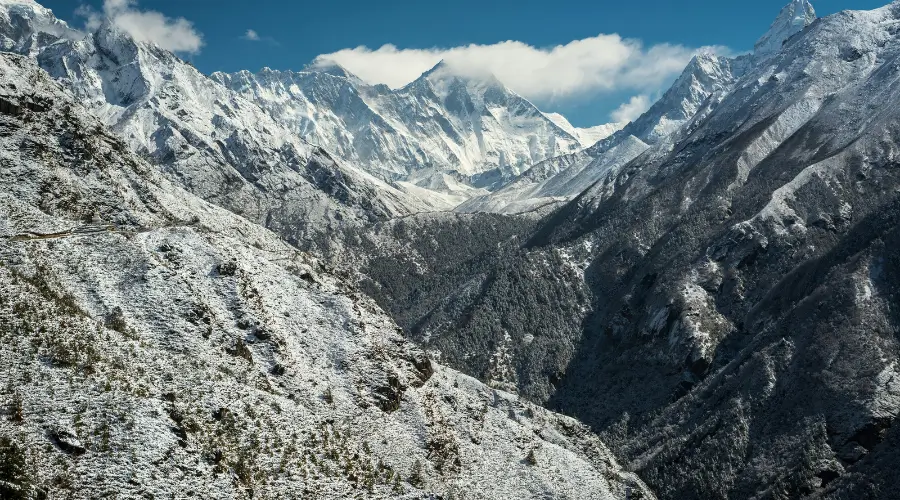
Camp 4 (7,925 meters) to Mount Everest Summit (8848.86 meters)
Elevation Gain: 898.86 meters (2,949 feet)
Distance: 1.7 km
Time: 8-12 hours (5-6 hours to descend back to Camp 4)
Difficulty Level: Extremely High
Temperature: -20°C to -40°C
Weather Conditions: Unpredictable, extremely cold, dangerous wind speeds (50-100 km/h)
Spending more time in the Death Zone (altitude over 8,000 meters on Everest) could be life-threatening. Therefore, staying up to 48 hours in the Death Zone is recommended.
North Base Camp (Tibet)
Likewise, a Mount Everest expedition can also be done through the North Base Camp from Tibet. North Base Camp is located at an altitude of 5,150 meters (16,900 feet). As this route is less popular than South Col, it offers a quieter trekking and climbing route. This route could be the best for those seeking wilderness.
Similarly, like the route from South Base Camp to Everest summit, from North Base Camp, there are 5 Base Camps en route, an approximate distance of 20 km. Finally, after spending about 7 days in North Base Camp and acclimatising, we will trek to Intermediate Camp.
North Base Camp (5,150 meters) to Intermediate Camp (6,050 meters)
Elevation Gain: 900 meters (2952.76 feet)
Distance: about 4 km
Time: 6-7 hours
Difficulty Level: Moderate
Temperature: -15°C to 10°C
Weather Conditions: Fluctuating weather, potential snowfall, constant wind
About Intermediate Camp (6,050 meters)
The intermediate Camp on Everest is the first Camp to prepare for climbing Mount Everest. The Camp is situated at an elevation of 6,050 meters (1,9849.08 feet). The climatic conditions at this Camp can vary according to the season you are attempting to climb Everest. There could be occasional snow.
As this is the preparatory camp for Advanced Camp, you will only be staying overnight in Intermediate Camp and trek to Advanced Camp.
Intermediate Camp (6,050 meters) to Advanced Base Camp (6,485 meters)
Elevation Gain: 420 meters (1,377.95 feet)
Distance: about 9.2 km
Time: about 6 hours
Difficulty Level: High
Temperature: -20°C to 0°C
Weather Conditions: Cold, possible snowfall, increasing wind with increase in altitude
About Advanced Base Camp (6,485 meters)
Situated at an altitude of 6,485 meters (21,276 feet), Advanced Base Camp is one of the highest advanced base camps in the world. Most of the climbers acclimatize here and prepare for the ascent. While, some might even climb to and fro from ABC to Intermediate Camp before attempting Everest.
Generally, climbers spend 2-3 days in ABC and acclimatize to the high altitude.
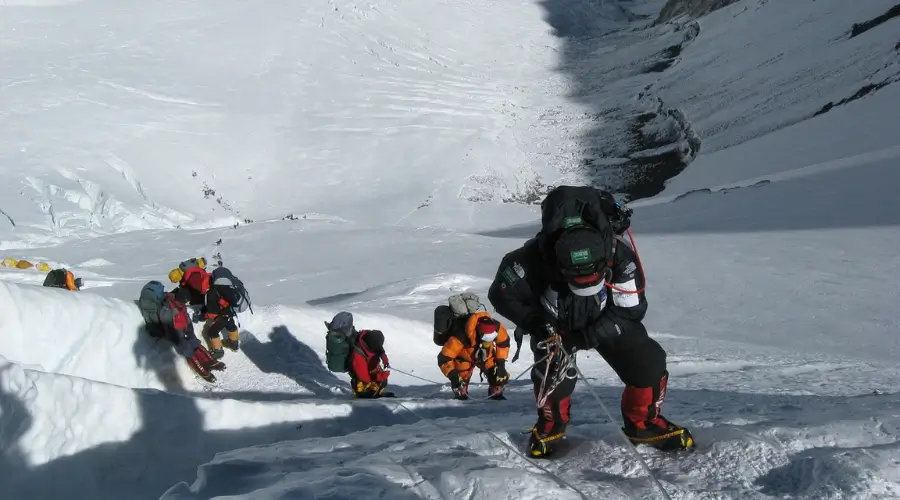
Advanced Base Camp (6,485 meters) to Camp 1/North Col (7,066 meters)
Elevation Gain: 581 meters (1,906.17 feet)
Distance: about 4.8 km
Time: 5-6 hours
Difficulty Level: High
Temperature: -10°C to -25°C
Weather Conditions: Very cold, potential snowstorms, strong wind
About Camp 1/North Col (7,066 meters)
Camp 1 on Mount Everest is situated at 7,066 meters (23,182.41 feet). Just above the East Rongbuk Glacier, Camp 1 is an essential camp for acclimatizing to the sudden change in elevation. Climbers can use a fixed line just after starting to ascend and cross deep crevasses using ladders.
Typically, climbers spend 5-6 days at Camp 1. Some climb up and down to ABC to prepare and get habituated to the weather conditions.
Camp 1/North Col (7,066 meters) to Camp 2 (7,700 meters)
Elevation Gain: 634 meters (2080 feet)
Distance: about 3 km
Time: about 5 hours
Difficulty Level: Very High
Temperature: -15°C to -30°C
Weather Conditions: Extremely cold, high winds, low oxygen levels
About Camp 2 (7,700 meters)
With just a 634 meters gain in elevation, you will be at Camp 2. The Camp is situated at 7,700 meters (25,262.47 feet). Steep and snowy ridges and high winds make this section of the climb really challenging. As compared to the South side of the climb, the wind and air pressure are relatively high here.
Climbers normally spend 2-3 days at Camp 2 before heading to high-altitude Camp 3.
Camp 2 (7,700 meters) to Camp 3 (8,300 meters)
Elevation Gain: 600 meters (1,968.5 feet)
Distance: about 7.5 km
Time: about 6 hours
Difficulty Level: Very High
Temperature: -20°C to -35°C
Weather Conditions: Severe cold, constant high winds, probable snow
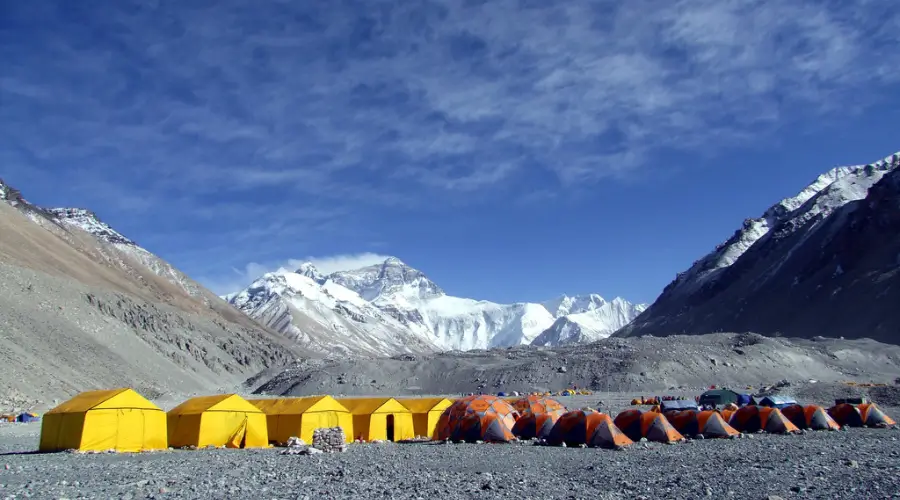
About Camp 3 (8,300 meters)
The Camp 2 is located at an elevation of 8,300 meters (27,230.97 feet) on a steep and rocky part of Everest. The area is uncovered, making it prone to high winds. It is the final resting point before attempting the summit. The Camp lies in the death zone, so one should always be prepared for any dangers and get ready for evacuation, helicopter evacuation in the worst-case scenario.
Camp 3 (8,300 meters) to Mount Everest Summit (8,848.86 meters)
Elevation Gain: 548.86 meters (1,800.72 feet)
Distance: about 3.2 km
Time: 10-13 hours
Difficulty Level: Extremely High
Temperature: -25°C to -40°C
Weather Conditions: Harsh weather conditions, extremely low temperature and oxygen levels, strong winds
What are the Camps called on Mount Everest?
There is no specific name for every Camp on Mount Everest. So, the camps on both sides are commonly called Camp 1, Camp 2, Camp 3, and Camp 4. However, on the southern slope of Nepal, from South Base Camp, they are anointed with local nicknames.
Camp 1 is known as “The Gateway to the Icefall” because the path leads just above the Khumbu Icefall. Likewise, Camp 2 is named “The Advanced Base,” and Camp 3 is named “The Lhotse Wall” because the path goes through Mount Lhotse. Similarly, Camp 4 on the southern part of Everest is commonly known as “The Death Zone” because the altitude here lies in the deadly Death Zone.
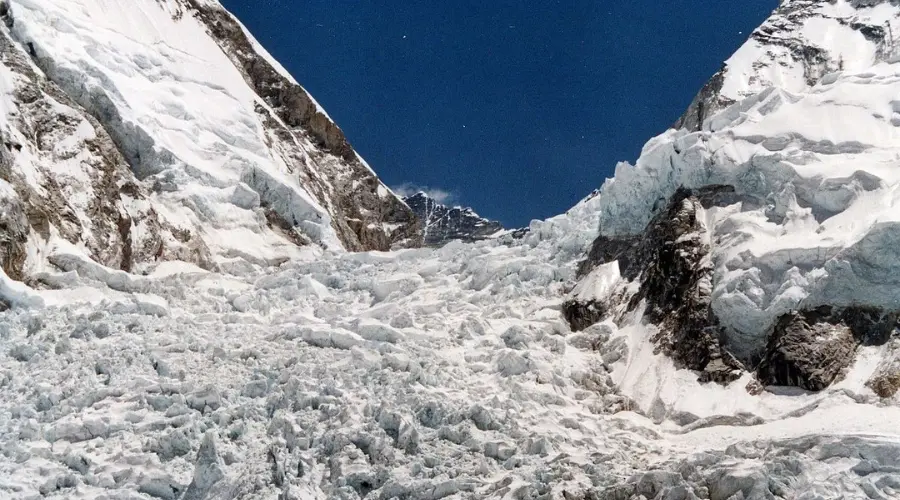
Mount Everest Base Camp Trail
There are several routes to reach Mount Everest’s base camp. The journey to the Base Camp is filled with adventures and diverse landscapes and cultures. Base Camps, be it the South Base Camp or the North Base Camp, are iconic trips. They offer a breathtaking view of the mighty Mount Everest and its surroundings.
South Base Camp From Kathmandu
You can reach the popular South Base Camp of Nepal starting with a thrilling flight from Kathmandu airport to the Lukla airport. Then, you will start trekking to Namche Bazaar (3,400 meters), the gateway to Everest) via the picturesque village of Phakding. Further, you will proceed through Tengboche (3,860 meters), Dingboche (4,410 meters), Lobuche (4,940 meters), Ghorakshep (5,164 meters), and finally Everest Base Camp (EBC) or South Base Camp (5,364 meters). Hence, the expedition from Kathmandu to South Base Camp will generally take 8-10 days.
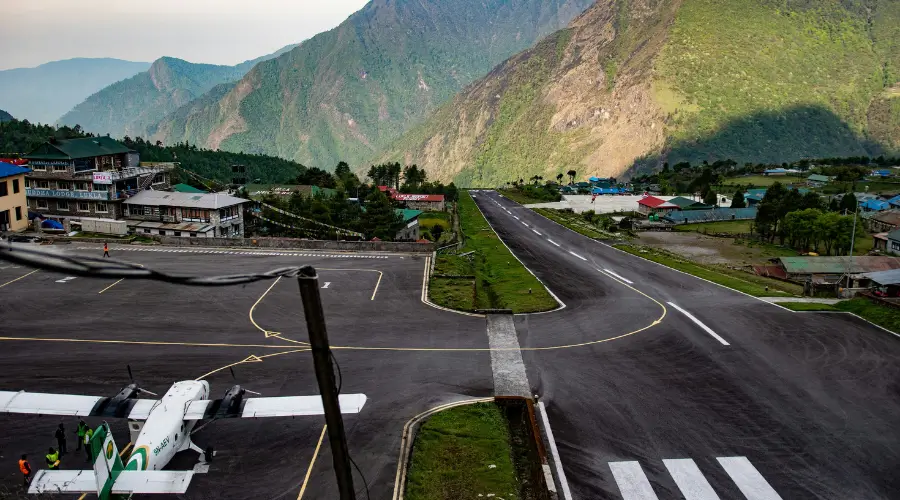
North Base Camp from Lhasa
Besides, North Base Camp is accessible from Tibet. Reaching North Base Camp is relatively easier than South Base Camp. Firstly, your journey begins from Lhasa, so you need to arrive in Lhasa (3,650 meters/11,975 feet). Here, you can acclimatize to the altitude or stroll around the ancient city of Lhasa. Then, you will be driving to Shigatse and Tingri. Lastly, drive to EBC/North Base Camp. This journey is going to take around 5-8 days.
Moreover, you can arrive in Kathmandu and then drive to Base Camp from here via the Friendship Highway at Shelkar.
EBC Interesting Facts
- Although the connection is weak, you can find an internet facility at the base camp.
- There is no strong infrastructure at the EBC. All facilities are tents, are set up and taken down according to season.
- The world’s highest marathon from Everest Base Camp is organized every year in May.
- Mount Everest is also known as “Sagarmatha” in Nepal and “Chomolungma” in Tibet.
FAQs
The best time to climb Mount Everest is during the pre-monsoon season (April and May) and post-monsoon season (September and October).
It is common for climbers to climb the Everest summit at night, especially the final part. The afternoon winds are strong, and the weather is unpredictable, making the ascent difficult. Likewise, the ice at night is hard, reducing the risk of avalanches. Moreover, climbing at night gives more daylight when descending.
Camp 4 is situated at the Death Zone (altitude over 8,000 meters), which makes this region extremely dangerous. The weather conditions are very rude, and the oxygen level is very low (one-third to sea level) at Camp 4 and above. Therefore, the climbers normally spend a few hours to a day at Camp 4 due to these harsh conditions. The more time you spend here, the more the dangers increase.
Want to know more?
Speak to an Expert





Sandip Dhungana
Nepal 🇳🇵
Whatsapp: +977-9823636377



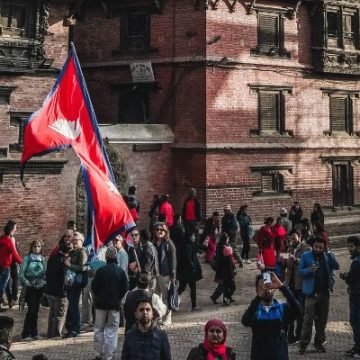
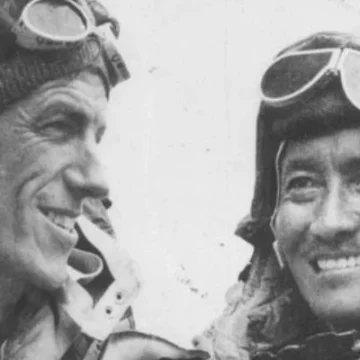
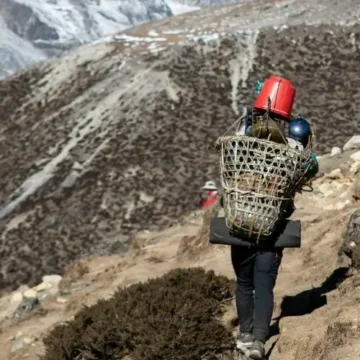
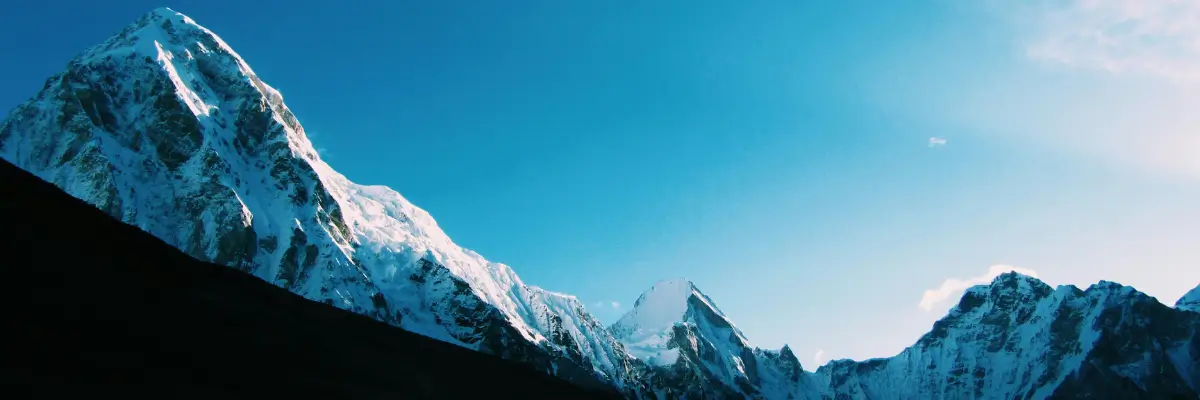
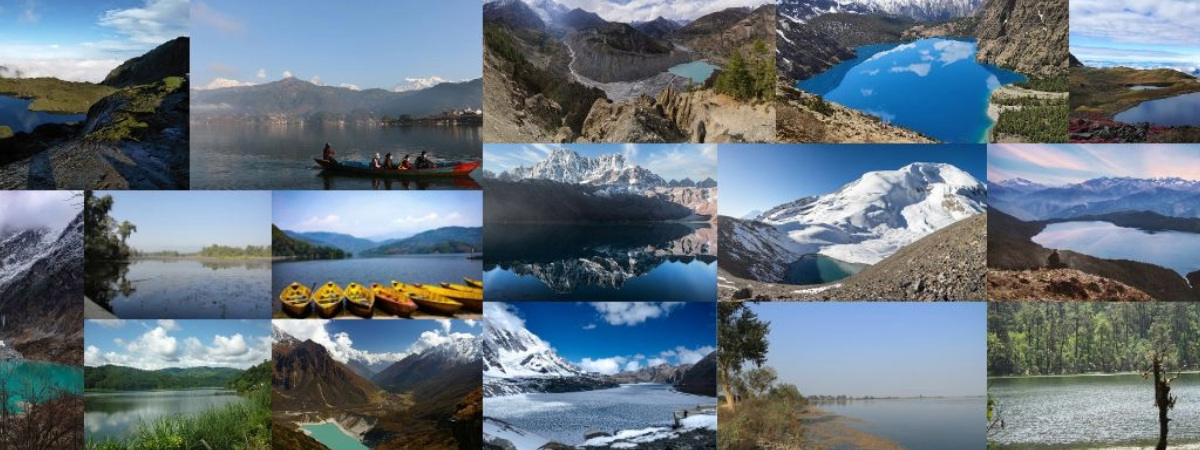
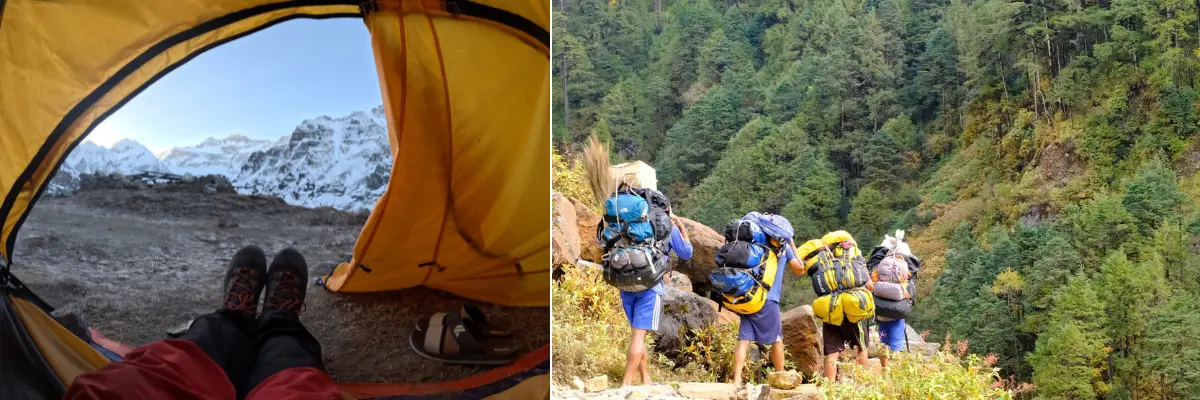
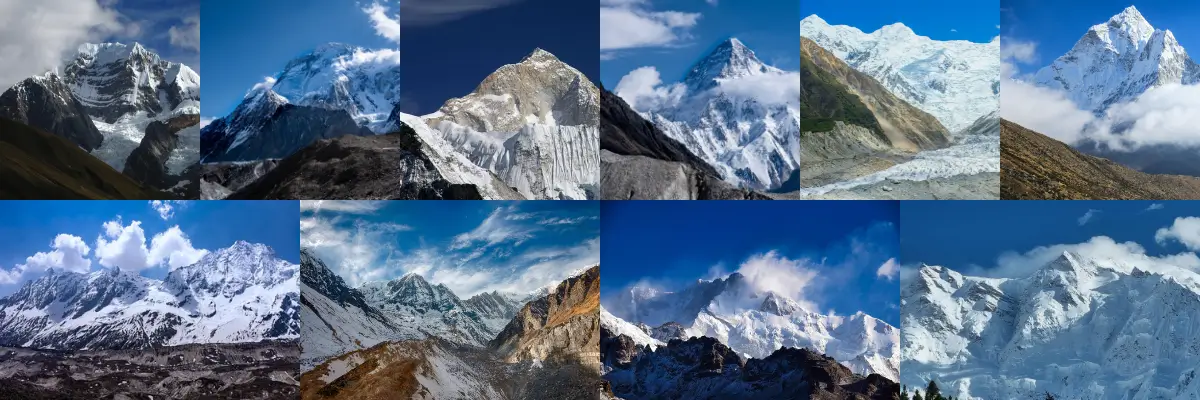














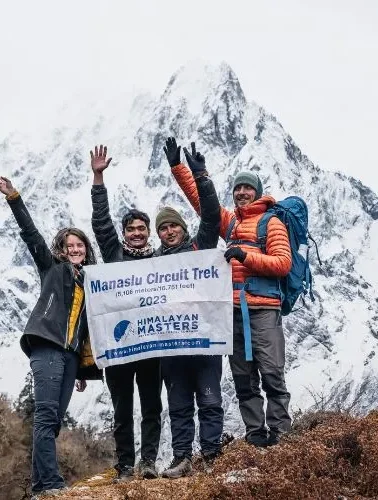
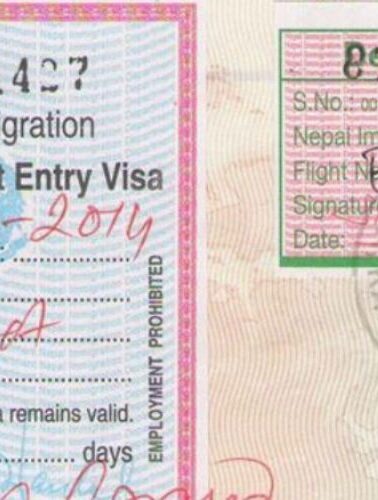
Leave Your Comment